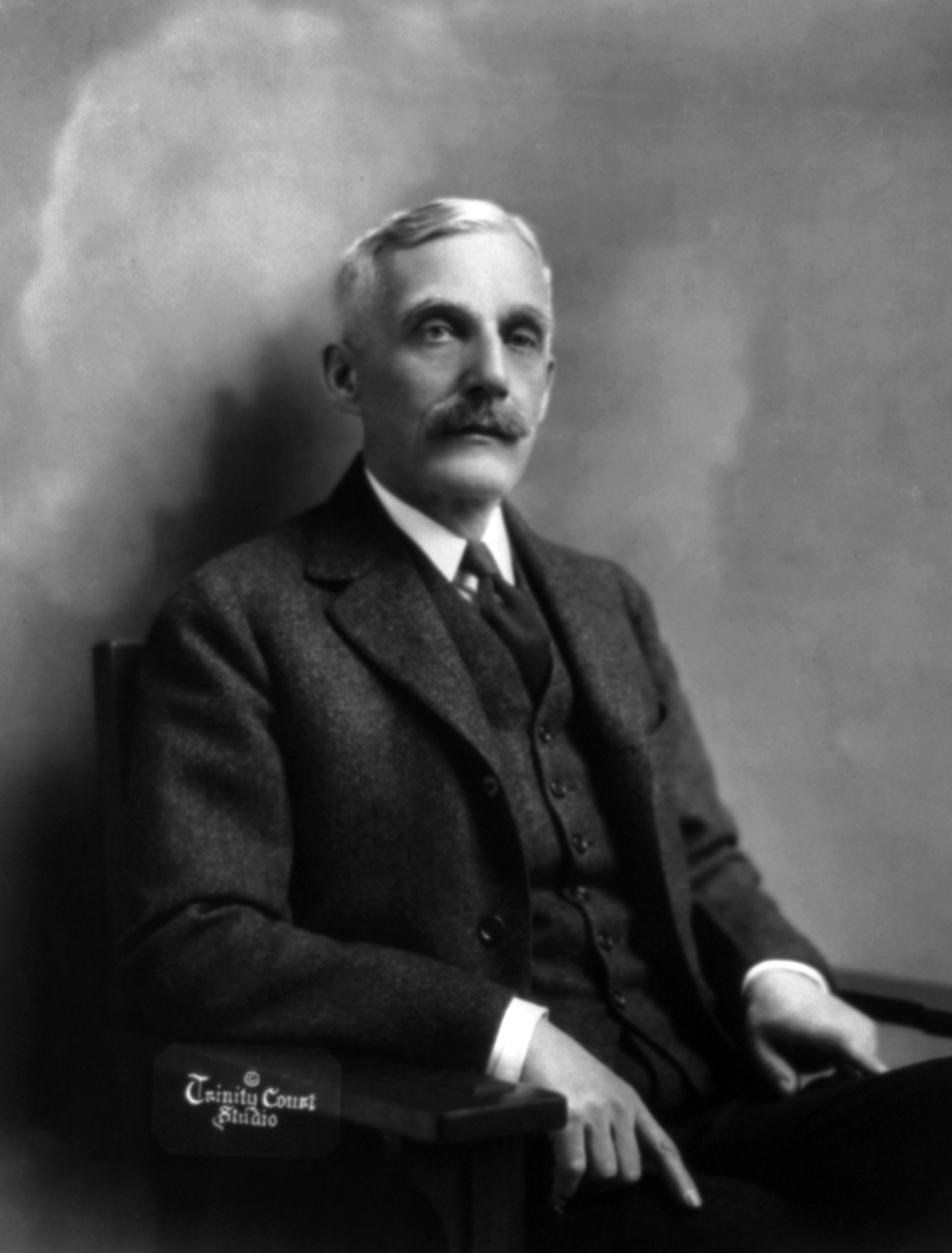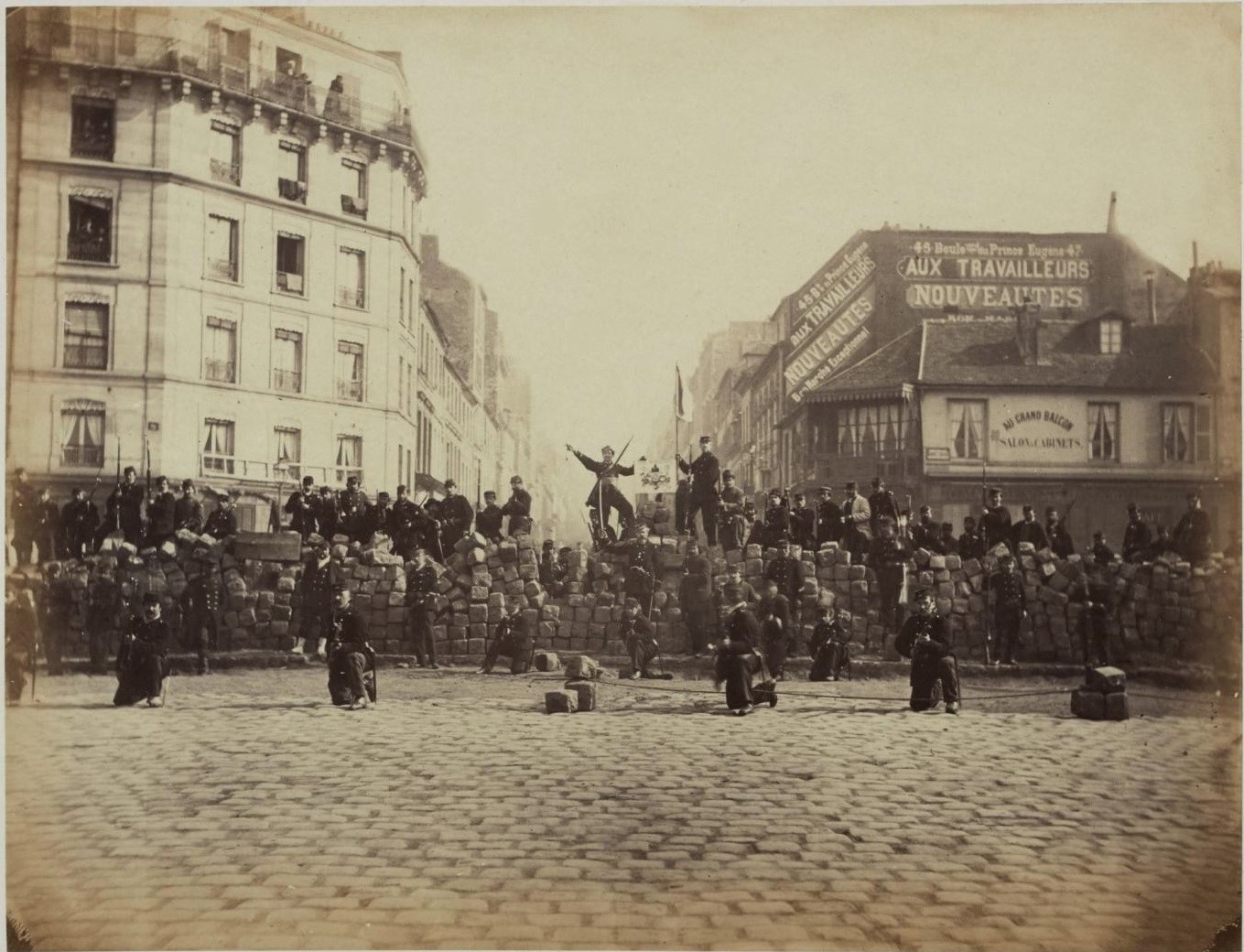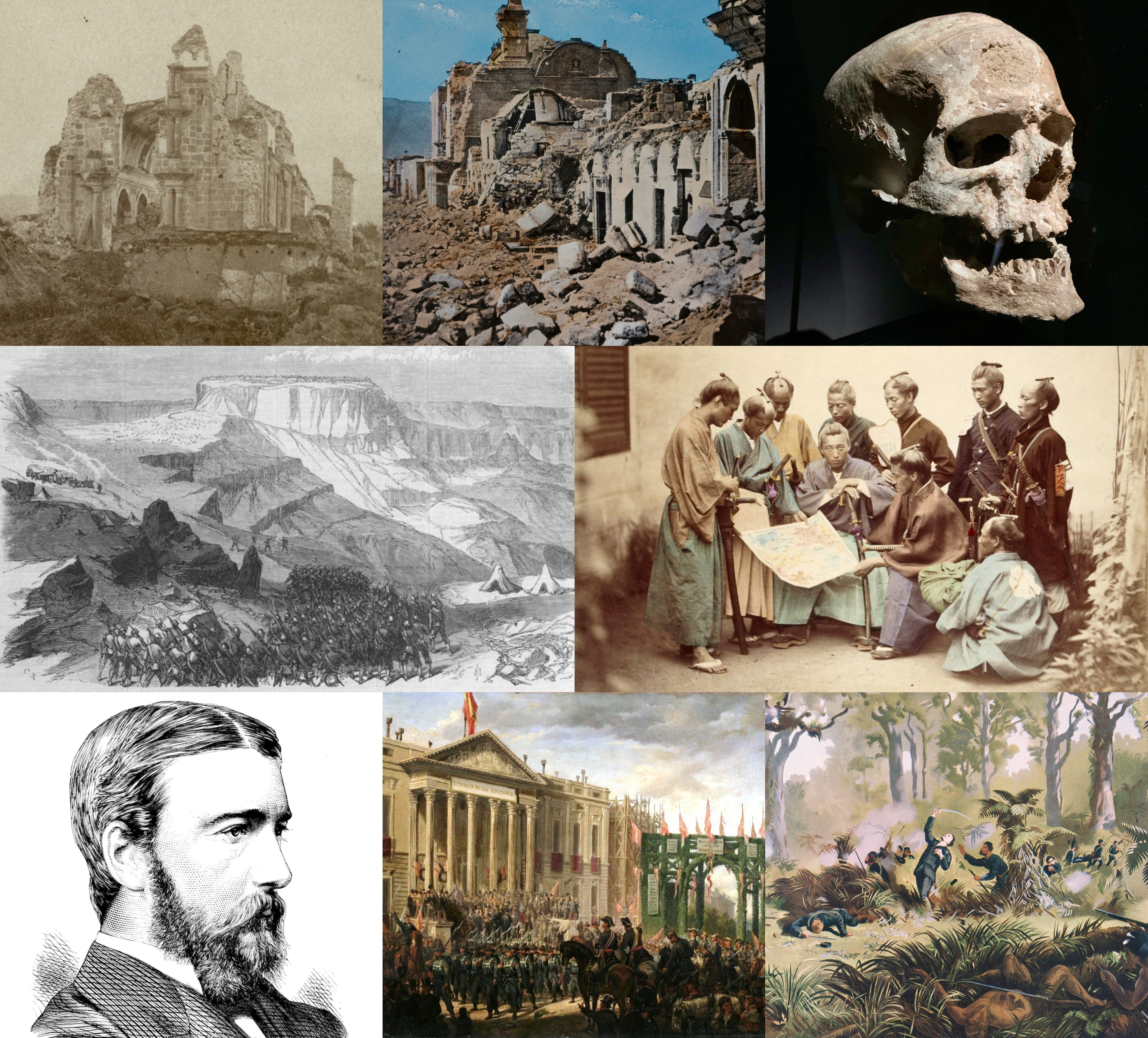|
Nathaniel W. Depee
Nathaniel W. Depee (1812 – June 19, 1868) was an American activist, abolitionist, and merchant tailor. He was active in the Underground Railroad, and in Black politics in Philadelphia in the 1830s through 1860s. Biography Nathaniel W. Depee was born in 1812 in Philadelphia, Pennsylvania, U.S. In 1845, Depee helped to form the Colored American National Society, an organization that helped connect the Colored Conventions Movement and William Whipper's American Moral Reform Society. In 1855, Depee served as a delegate at the 1855 National Colored Convention in Philadelphia. Depee was one of five members of the acting committee for the Vigilant Association of Philadelphia, others included William Still, Jacob C. White, Passmore Williamson, and Charles Wise. His home at 334 South Street was listed as one of the Underground Railroad stops. He died on June 19, 1868, in Philadelphia, and was buried initially at Lebanon Cemetery Lebanon Cemetery was an African-American cemete ... [...More Info...] [...Related Items...] OR: [Wikipedia] [Google] [Baidu] |
National Portrait Gallery (United States)
The National Portrait Gallery (NPG) is an art museum in Washington, D.C., United States. Founded in 1962 and opened in 1968, it is part of the Smithsonian Institution. Its collections focus on images of American artists, politicians, scientists, inventors, activists, and performers who have contributed to the nation's history, development, and culture. Along with the Smithsonian American Art Museum, the museum is housed in the historic Old Patent Office Building. History Founding of the museum The first portrait gallery in the United States was Charles Willson Peale's ''American Pantheon'', also known as ''Peale's Collection of Portraits of American Patriots'', established in 1796. It closed after two years. In 1859, the National Portrait Gallery, London, National Portrait Gallery in London opened, but few Americans took notice.Thompson, Bob. "Who Gets Into the National Portrait Gallery, and Why?" ''Washington Post''. June 13, 1999. The idea of a federally owned national portr ... [...More Info...] [...Related Items...] OR: [Wikipedia] [Google] [Baidu] |
History Of African Americans In Philadelphia
The history of African Americans or Black Philadelphians in the city of Philadelphia, Pennsylvania has been documented in various sources. People of African descent are currently the largest ethnic group in Philadelphia. Estimates in 2010 by the U.S. Census Bureau documented the total number of people living in Philadelphia who identified as Black or African American at 644,287, or 42.2% of the city's total population. Originally arriving in the 17th century as enslaved Africans, the population of African Americans in Philadelphia grew during the 18th and 19th centuries to include numerous free Black residents who were active in the abolitionist movement and as conductors in the Underground Railroad. During the 20th and 21st centuries, Black Philadelphians actively campaigned against discrimination and continued to contribute to Philadelphia's cultural, economic and political life as workers, activists, artists, musicians, and politicians. Between the 1920s and 1940s, Nort ... [...More Info...] [...Related Items...] OR: [Wikipedia] [Google] [Baidu] |
Activists From Philadelphia
Activism consists of efforts to promote, impede, direct or intervene in social, political, economic or environmental reform with the desire to make changes in society toward a perceived common good. Forms of activism range from mandate building in a community (including writing letters to newspapers), petitioning elected officials, running or contributing to a political campaign, preferential patronage (or boycott) of businesses, and demonstrative forms of activism like rallies, street marches, strikes, sit-ins, or hunger strikes. Activism may be performed on a day-to-day basis in a wide variety of ways, including through the creation of art (artivism), computer hacking ( hacktivism), or simply in how one chooses to spend their money ( economic activism). For example, the refusal to buy clothes or other merchandise from a company as a protest against the exploitation of workers by that company could be considered an expression of activism. However, the term commonly refe ... [...More Info...] [...Related Items...] OR: [Wikipedia] [Google] [Baidu] |
Colored Conventions People
''Colored'' (or ''coloured'') is a racial descriptor historically used in the United States during the Jim Crow era to refer to an African American. In many places, it may be considered a slur. Dictionary definitions The word ''colored'' was first used in the 14th century but with a meaning other than race or ethnicity. The earliest uses of the term to denote a member of dark-skinned groups of peoples occurred in the second part of the 18th century in reference to South America. According to the ''Oxford English Dictionary'', "colored" was first used in this context in 1758 to translate the Spanish term () in Antonio de Ulloa's ''A voyage to South America''. The term came in use in the United States during the early 19th century, and it then was adopted by emancipated slaves as a term of racial pride after the end of the American Civil War until it was replaced as a self-designation by ''Black'' or ''African-American'' during the second part of the 20th century. Due to its u ... [...More Info...] [...Related Items...] OR: [Wikipedia] [Google] [Baidu] |
Burials At Lebanon Cemetery
Burial, also known as interment or inhumation, is a method of final disposition whereby a dead body is placed into the ground, sometimes with objects. This is usually accomplished by excavating a pit or trench, placing the deceased and objects in it, and covering it over. A funeral is a ceremony that accompanies the final disposition. Evidence suggests that some archaic and early modern humans buried their dead. Burial is often seen as indicating respect for the dead. It has been used to prevent the odor of decay, to give family members closure and prevent them from witnessing the decomposition of their loved ones, and in many cultures it has been seen as a necessary step for the deceased to enter the afterlife or to give back to the cycle of life. Methods of burial may be heavily ritualized and can include natural burial (sometimes called "green burial"); embalming or mummification; and the use of containers for the dead, such as shrouds, coffins, grave liners, and burial ... [...More Info...] [...Related Items...] OR: [Wikipedia] [Google] [Baidu] |
American Abolitionists
American(s) may refer to: * American, something of, from, or related to the United States of America, commonly known as the "United States" or "America" ** Americans, citizens and nationals of the United States of America ** American ancestry, people who self-identify their ancestry as "American" ** American English, the set of varieties of the English language native to the United States ** Native Americans in the United States, indigenous peoples of the United States * American, something of, from, or related to the Americas, also known as "America" ** Indigenous peoples of the Americas * American (word), for analysis and history of the meanings in various contexts Organizations * American Airlines, U.S.-based airline headquartered in Fort Worth, Texas * American Athletic Conference, an American college athletic conference * American Recordings (record label), a record label that was previously known as Def American * American University, in Washington, D.C. Sports team ... [...More Info...] [...Related Items...] OR: [Wikipedia] [Google] [Baidu] |
African-American Abolitionists
African Americans, also known as Black Americans and formerly also called Afro-Americans, are an American racial and ethnic group that consists of Americans who have total or partial ancestry from any of the Black racial groups of Africa. African Americans constitute the second largest ethno-racial group in the U.S. after White Americans. The term "African American" generally denotes descendants of Africans enslaved in the United States. In 2023, an estimated 48.3 million people self-identified as Black, making up 14.4% of the country’s population. This marks a 33% increase since 2000, when there were 36.2 million Black people living in the U.S. African-American history began in the 16th century, with Africans being sold to European slave traders and transported across the Atlantic to the Western Hemisphere. They were sold as slaves to European colonists and put to work on plantations, particularly in the southern colonies. A few were able to achieve freedom through ... [...More Info...] [...Related Items...] OR: [Wikipedia] [Google] [Baidu] |
19th-century American Merchants
The 19th century began on 1 January 1801 (represented by the Roman numerals MDCCCI), and ended on 31 December 1900 (MCM). It was the 9th century of the 2nd millennium. It was characterized by vast social upheaval. Slavery was abolished in much of Europe and the Americas. The First Industrial Revolution, though it began in the late 18th century, expanded beyond its British homeland for the first time during the 19th century, particularly remaking the economies and societies of the Low Countries, France, the Rhineland, Northern Italy, and the Northeastern United States. A few decades later, the Second Industrial Revolution led to ever more massive urbanization and much higher levels of productivity, profit, and prosperity, a pattern that continued into the 20th century. The Catholic Church, in response to the growing influence and power of modernism, secularism and materialism, formed the First Vatican Council in the late 19th century to deal with such problems and confir ... [...More Info...] [...Related Items...] OR: [Wikipedia] [Google] [Baidu] |
Underground Railroad People
Underground most commonly refers to: * Subterranea (geography), the regions beneath the surface of the Earth Underground may also refer to: Places * Buenos Aires Underground, a rapid transit system * London Underground, a rapid transit system * The Underground (Boston), a music club in the Allston neighborhood of Boston * The Underground (Stoke concert venue), a club/music venue based in Hanley, Stoke-on-Trent * Underground (Manhattan), a music club (1980—1989) in Manhattan * Underground Atlanta, a shopping and entertainment district in the Five Points neighborhood of downtown Atlanta, Georgia * Underground City, Montreal * Underground city, a series of linked subterranean spaces * Underground living, modes of living below the ground's surface Arts, entertainment, and media Films * ''Underground'' (1928 film), a drama by Anthony Asquith * ''Underground'' (1941 film), a war drama by Vincent Sherman * ''Underground'' (1970 film), a war drama starring Robert Goulet * ... [...More Info...] [...Related Items...] OR: [Wikipedia] [Google] [Baidu] |
1868 Deaths
Events January * January 2 – British Expedition to Abyssinia: Robert Napier leads an expedition to free captive British officials and missionaries. * January 3 – The 15-year-old Mutsuhito, Emperor Meiji of Japan, declares the ''Meiji Restoration'', his own restoration to full power, under the influence of supporters from the Chōshū and Satsuma Domains, and against the supporters of the Tokugawa shogunate, triggering the Boshin War. * January 5 – Paraguayan War: Brazilian Army commander Luís Alves de Lima e Silva, Duke of Caxias, enters Asunción, Paraguay's capital. Some days later he declares the war is over. Nevertheless, Francisco Solano López, Paraguay's president, prepares guerrillas to fight in the countryside. * January 7 – The Arkansas constitutional convention meets in Little Rock. * January 9 – Penal transportation from Britain to Australia ends, with arrival of the convict ship ''Hougoumont'' in Western Australia, after a ... [...More Info...] [...Related Items...] OR: [Wikipedia] [Google] [Baidu] |
1812 Births
Events January–March * January 1 – The ''Allgemeines bürgerliches Gesetzbuch'' (the Austrian civil code) enters into force in the Austrian Empire. * January 19 – Peninsular War: The French-held fortress of Ciudad Rodrigo Siege of Ciudad Rodrigo (1812), is stormed by the Anglo-Portuguese Army, under the Arthur Wellesley, 1st Duke of Wellington, Earl of Wellington. * February 7 – The last 1811–12 New Madrid earthquakes, New Madrid earthquake strikes New Madrid, Missouri, with an estimated moment magnitude scale, moment magnitude of over 8. * February 12 – Napoleon authorizes the usage of ''Mesures usuelles'', the basis of the metric system. * February 13 – The first Chilean newspaper ''Aurora de Chile'' deals with political philosophy, and stands in favor of the new national government. * February 27 ** Argentine War of Independence: Manuel Belgrano raises the Flag of Argentina (which he designed) in the city of Rosario, for the first time. ** English poet ... [...More Info...] [...Related Items...] OR: [Wikipedia] [Google] [Baidu] |






